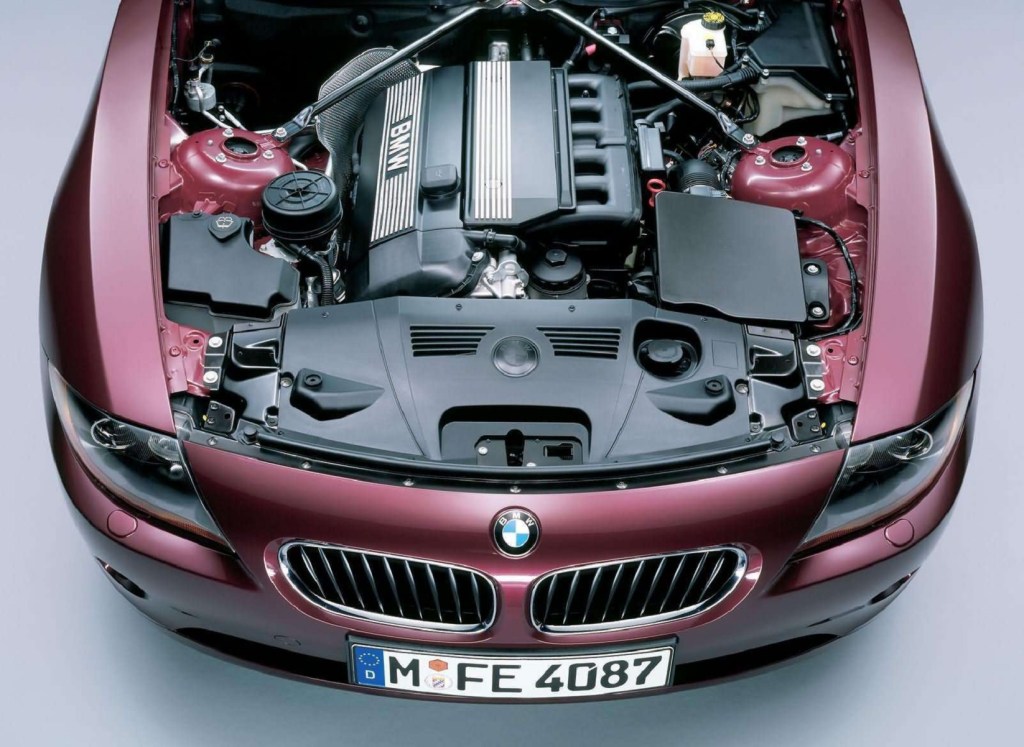A Comprehensive Overview to Understanding BMW Engine Specs
A Comprehensive Overview to Understanding BMW Engine Specs
Blog Article
Checking Out the Development of Burning Engines in Modern Transportation Solutions
As we navigate the landscape of modern transport, the development of burning engines stands as a testament to human ingenuity and design prowess. The interplay of background, innovation, and environmental concerns in forming the trajectory of burning engines produces a story that is both informative and engaging.
Early Beginnings of Combustion Engines
Just how did the idea of burning engines initial emerge in the onset of transportation development? When the principles of internal burning were initial discovered, the origins of combustion engines can be traced back to the 17th century. In 1673, Christian Huygens conceptualized a basic inner burning engine that made use of gunpowder to generate power. It wasn't up until the late 19th century that useful applications of combustion engines in transportation started to emerge.
The development moment included the development of the initial effective gasoline-powered engine by Karl Benz in 1885 - bmw engine. This engine paved the means for the advancement of the modern-day vehicle, reinventing transportation systems worldwide. Succeeding advancements by Nikolaus Otto and Gottlieb Daimler additionally fine-tuned combustion engine technology, leading to the automation of autos and the rapid growth of the transportation market
These very early combustion engines were identified by their simpleness and performance, laying the structure for the complex and powerful engines utilized in contemporary transportation systems. The development of combustion engines has been critical in forming the means we travel and deliver products, noting a significant landmark in the history of transport advancement.
Shift to Internal Combustion Innovation
The change to internal combustion technology noted an essential shift in the advancement of transportation systems. This change started in the late 19th century, with inventors like Nikolaus Otto and Gottlieb Daimler establishing the very first effective internal burning engines. These engines reinvented transport by offering an extra effective and effective alternative to steam engines and electrical motors.
One of the vital advantages of internal burning engines was their capability to be scaled down to suit lorries, bring about the growth of autos and bikes. This change from cumbersome, fixed engines to compact, mobile ones led the way for the modern-day transportation systems we see today.
The change to interior burning modern technology also spurred developments in fuel technology, resulting in the development of gas and diesel as primary gas sources for automobiles. This change not just made transport much more available to the masses however additionally laid the structure for the oil and gas market to end up being indispensable to worldwide economic climates.
Influence of Combustion Engines on Transport
The fostering of burning engines in transport systems catalyzed an extensive shift in the effectiveness and rate of international movement. Combustion engines revolutionized transport by offering a trustworthy and versatile resource of power for numerous lorries, including vehicles, vehicles, ships, and planes. This development considerably enhanced the capability for products and individuals to conform fars away in shorter period, bring about raised connectivity between areas and nations.
In addition, the prevalent use combustion engines has actually had a substantial influence on financial development. The capacity to transfer goods efficiently has actually spurred profession and business, permitting organizations to broaden their markets and get to consumers worldwide. This has actually helped with economic growth and globalization, as products can now be transferred quicker and in bigger amounts than ever.
Nevertheless, the ecological impact of burning engines can not be overlooked. The combustion of fossil gas has caused air pollution and greenhouse gas exhausts, adding to environment modification and posing wellness threats to populations. bmw engine. Consequently, there is a growing focus on creating alternate propulsion innovations to reduce these negative effects and create a much more lasting future for transportation
Innovations in Burning Engine Layout
Numerous advancements in combustion engine layout have thrust the evolution of transportation systems over the years. One notable development is the development of turbocharged engines, which use exhaust gases to drive a generator that compresses inbound air, enabling even more gas to be scorched, leading to increased power result without a substantial increase in engine size. Furthermore, direct shot technology has boosted gas performance and performance by precisely managing the quantity and timing of gas infused right into the burning chamber. Variable shutoff timing systems have actually additionally revolutionized engine design by optimizing airflow at different engine speeds, improving both power and effectiveness. An additional significant innovation is the integration of lightweight materials such as carbon fiber and aluminum alloys, reducing total engine weight and enhancing lorry gas economic climate. In addition, developments in computer-aided layout have actually enabled engineers to maximize engine performance and efficiency with simulations prior to physical prototypes are constructed, conserving time and resources in the growth procedure. These technologies collectively add to the constant renovation of burning engines in modern-day transportation systems.
Future Fads in Combustion Engine Growth
With innovation developments driving continuous technology, the future of combustion engine advancement is poised to reinvent transportation systems worldwide. One of the essential fads in combustion engine advancement is the press towards greater efficiency and minimized emissions. Makers are investing greatly in research and development to boost engine efficiency while satisfying stringent ecological guidelines. This consists of the assimilation of sophisticated fuel shot systems, boosted turbocharging methods, and the usage of lightweight materials to enhance gas consumption and decrease carbon emissions.
An additional famous fad is the adoption of crossbreed modern technologies in combustion engines. Hybrid engines combine traditional combustion modern technology with electrical power, using enhanced fuel efficiency and lower exhausts. As the automotive market changes towards electrification, hybrid combustion engines are viewed as a transitional remedy that connects the space between standard lorries and totally electric like it ones.
In addition, the assimilation of clever innovations, such as expert system and data analytics, is expected to play a substantial role in the future of combustion engine advancement. These innovations can maximize engine efficiency in real-time, causing a lot more effective combustion processes and enhanced overall vehicle performance. Embracing these future trends will certainly not just drive development in burning engine development but also add to a much more lasting and environmentally friendly transportation ecosystem.

Verdict
In conclusion, the advancement of combustion engines in modern transportation systems has actually been noted by substantial advancements in modern technology and design. From the early starts of burning engines to the transition to interior burning technology, these engines have had an extensive effect on transportation.
The origins of burning engines can be mapped back to the 17th century when the concepts read more of internal burning were initial explored. These engines changed transport by providing an extra effective and reliable alternative to heavy steam engines and electrical motors.

Report this page